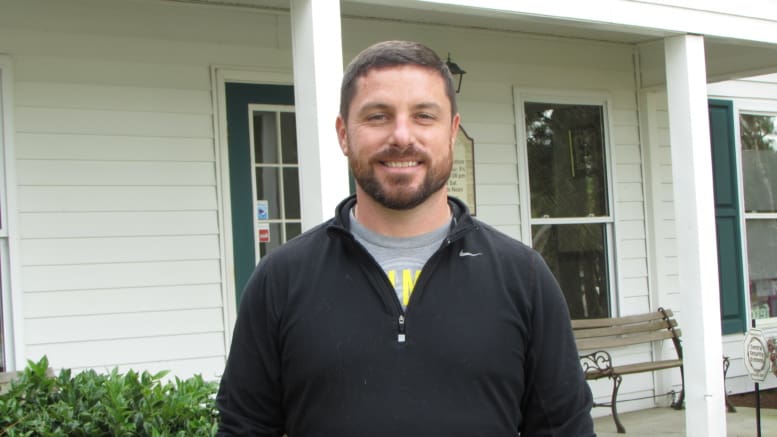BY NEIL COPELAND
Special to The Insider
Pet obedience training has become one of the top trades that people give a try. A common practice for trainers is in-home training sessions and classes.
Since most trainers lack a building, in-home training sessions are very common. Classes can be performed in open spaces such as parks, buildings or streets. A less common practice, but one that is gaining ground, is pack walks.
Finally, there is the practice of board and train. This requires a building with all the essentials to take care of an animal for an extended stay. This practice is gaining a lot of ground in the public obedience sector but has been used by the sporting community for decades.
In-Home Training
In-home training begins once you reach out to a trainer. The trainer will most likely come in, sit down and go over your needs.
If your puppy is 14 weeks, and you just want to get ahead of the poor behavior, then kudos to you for wanting to get started early and learn your puppy.
Expectations for a 14-week old puppy will still be dog specific, but generally I suggest it should be low. Starting some very simple free shaping is always good.
Utilize your in-home session to ask your trainer some questions that will help guide you through the puppy stages.
Classes
Classes are also open to puppies and older dogs. Classes can be a great place to get some distractions — and a lot of them.
Puppies just want to play, and getting the attention of a puppy that is independent, no innate eye contact and bold can be difficult.
Classes are not in themselves a great socialization process. However, getting in the car to ride to class, riding in the car and going out for an adventure is wonderful socialization for a puppy.
Adolescent and older dogs can thrive in classes as they have more of a foundation and the ultimate training tool: maturity. In-home and class training programs can be wonderful given you have the right temperament. Inviting a trainer into your home or visiting a class will give you the opportunity to ask the trainer if this program is right for you.
Board and Train
The board and train has its own positives and negatives but different from above. Training concepts tend to be 50 percent more likely to last for mature dogs. Starting as a puppy is great, but when adolescence comes, the process is challenged.
I will be honest: for most pet owners, the narrative will be that the puppy was doing great, but is just not listening anymore. Maturity is a necessary evil. Having adolescents join a board-and-train versus a puppy is recommended, due to maturity and lasting effects.
Getting your pet out of its current environment will help push a reset button and address some poor behavior without the everyday anticipated events their humans schedule dictates. A common response from pet parents is “I just can’t leave my pet here for training.”
I fully understand the emotional tie we have to our pets, and it is real. This is a point of decision the pet parent will have to make. I would suggest touring the facility, talking with past clients, reading reviews and doing your due diligence.
Board-and-train is not always the right answer for the pet. Pets can stress during a board-and-train as well. This can manifest into licking, stool issues and skin issues. Your trainer will be able to identify these issues and communicate with the pet parent. It is most successful when maturity and quality repetitions come together.
The programs mentioned above have their pros and cons. There is not a one-size fits all training program. The important message here is that there is something for everyone, a trainer that fits your cup of tea, a facility that is clean and positive or a program that is best for you and your pet. Do your homework.

